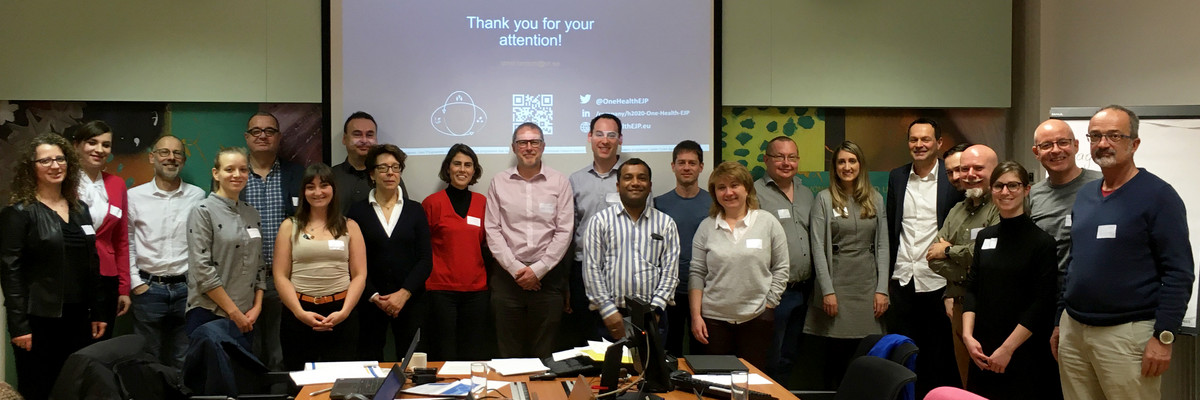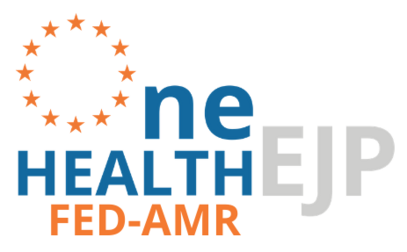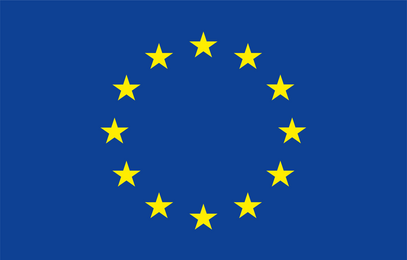FED-AMR: The role of free extracellular DNA in dissemination of antimicrobial resistance over ecosystem boundaries along the food/feed chain
Who we are
This website is dedicated to the FED-AMR project and its members. The FED-AMR belongs to the 2nd call for Research Projects of the One Health European Joint Programme (OHEJP).
Project description
The relevance of horizontal antimicrobial resistance gene (ARG) transfer on free extracellular DNA (exDNA) over ecosystem boundaries relative to bacterial conjugation will be evaluated. ExDNA is omnipresent in natural environments and sufficiently stable to constitute an important reservoir for ARGs. The dissemination of AMR on exDNA over ecosystem boundaries will be monitored under controlled but naturally occurring environmental conditions in an open-air agricultural research area: The Hydrology Open Air Laboratory (HOAL) in Petzenkirchen, Austria. ARG concentrations, diversity, dynamic variability, mobility and bacterial biodiversity will be determined in an annual longitudinal study covering a crop growing period, different fertilization and land management techniques and various different – but interlinked – environmental compartments along the route: pig farm --> manure --> soil --> crop/food/feed --> ground/surface water --> pig farm (and other associated human compartments). The results obtained from HOAL will be compared with data retrieved from equivalent compartments in Northern, Eastern and Southern Europe. Movement of ARGs over ecosystem barriers will be inferred by sequence comparisons and construction of phylogenetic trees of ARGs and ARBs. The linkage between human and non-human reservoirs of AMR will be investigated exemplarily with C. difficile as ARG transfer platform over ecosystem boundaries and conjugation as means for HGT. The prevailing selection pressure in each tested habitat during the longitudinal study will be determined by quantifying antimicrobials, herbicides and trace elements in the tested compartments. Environmental conditions which may induce or inhibit the expression of competence genes that are necessary to enable the uptake of free extracellular DNA by bacteria will be identified in soil microcosms and in a pig gut model. The impact of transformation relative to conjugation will be evaluated using Acinetobacter sp. (transformation) and C. difficile (conjugation) as model organisms in these experiments. Experimental data obtained during the project will be used to feed and tune probabilistic modelling of the emergence of AMR in target bacteria and to delineate the relative contribution of transformation and conjugation to ARG acquisition in soil environments. Mechanistic models will address key questions regarding the spatio-temporal changes observed in microbial communities and shall support the identification of critical control points for intervention to reduce the spread of AMR from environmental sources.
Further Information on the One Health European Joint Programme, a landmark partnership between 36 partners, including acclaimed food, veterinary and medical laboratories and institutes across Europe and the Med-Vet-Net Association can be found under https://onehealthejp.eu/jpr-fed-amr/
One Health EJP has received funding from the European Union’s Horizon 2020 research and innovation programme under grant agreement No 773830.
Members
User login
Enter your username and password here in order to log in on the website


